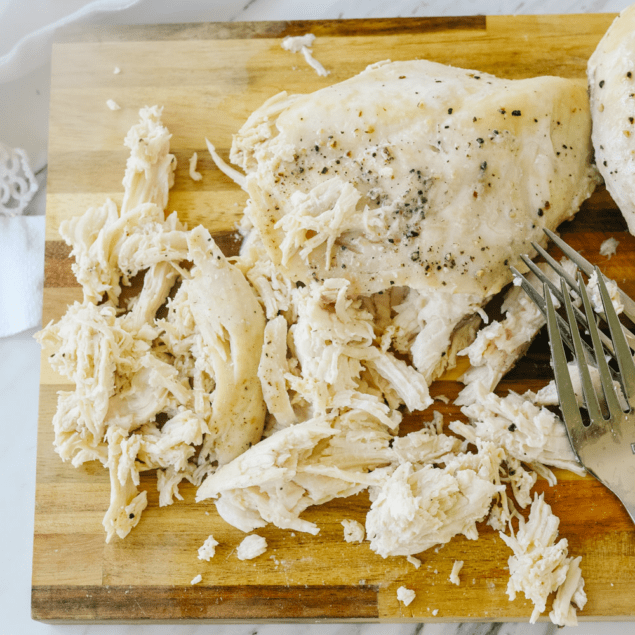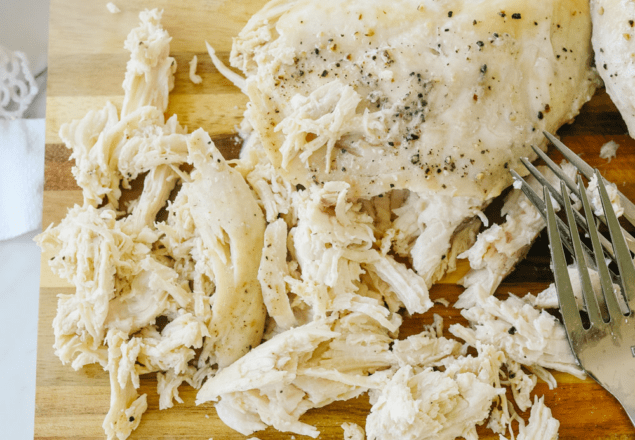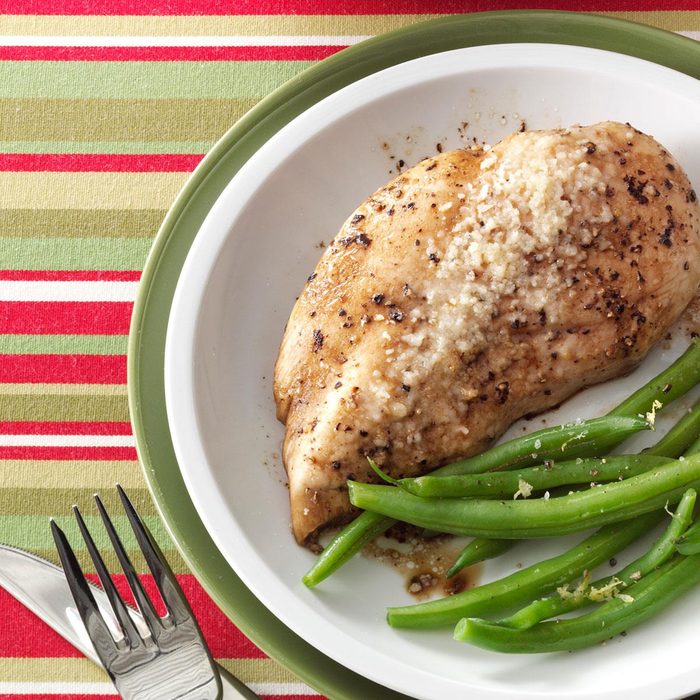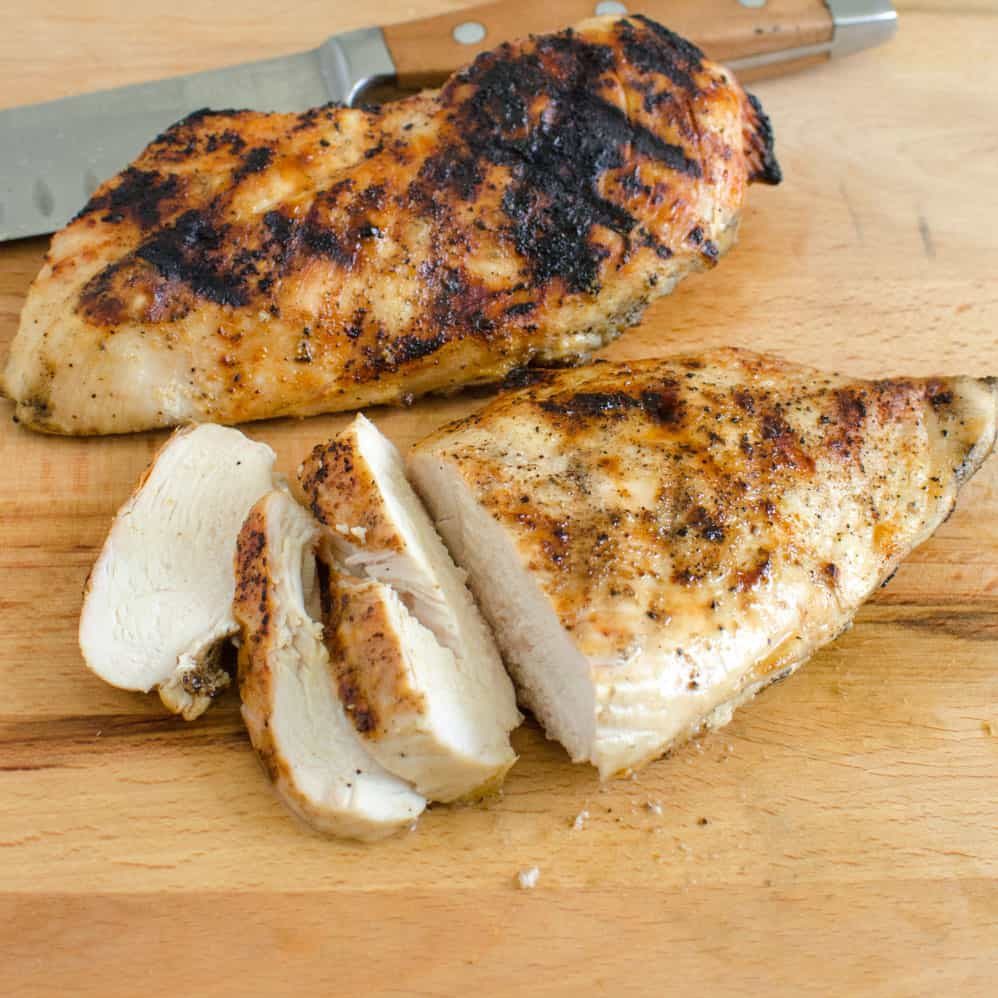Microwaving chicken is a convenient option, especially when you’re short on time. But how long should you actually microwave raw chicken to ensure it’s safe to eat? In this article, we will explore various factors affecting cooking times, the safe handling of raw chicken, the nutritional aspects, and alternative cooking methods. We aim to provide you with a well-rounded understanding of how long to microwave raw chicken, considering all the nuances of home cooking.
Understanding Raw Chicken and Safety Concerns
The Importance of Cooking Chicken Thoroughly
Chicken is one of the most popular meats worldwide, known for its versatility and easy preparation. However, it’s also associated with foodborne illnesses caused by pathogens like Salmonella and Campylobacter. These bacteria can cause severe gastrointestinal issues that are avoidable with proper cooking techniques. The U.S. Department of Agriculture (USDA) recommends cooking chicken to an internal temperature of 165°F (74°C) to effectively kill harmful bacteria.
Microwave Heating: How It Works
Microwaves cook food by emitting electromagnetic waves that stimulate water molecules, causing them to heat up. This unique method of cooking can sometimes lead to uneven heating, which is critical to consider when dealing with raw chicken. It’s essential to ensure that all parts of the chicken reach at least the safe temperature of 165°F.
Factors Affecting Microwaving Times
Weight and Size of Chicken Pieces
The size and weight of raw chicken pieces significantly influence cooking times. Cooking smaller pieces, like chicken breasts or thighs, generally requires less time than larger whole chickens. A general rule of thumb is that smaller pieces take about 4–5 minutes per pound, while larger pieces may need around 10–12 minutes per pound.
Whole Chicken vs. Chicken Parts
If you’re microwaving a whole chicken, be prepared for longer cooking times. A whole chicken that weighs around 5 pounds could take about 40–50 minutes to cook properly in the microwave. On the other hand, chicken breasts or thighs will be ready in a much shorter time frame, as previously mentioned.
Microwave Power Levels
Different microwaves have varying power levels, which can also affect cooking times. Most microwaves range from 600 to 1200 watts, with higher wattages cooking food faster. If you’re unsure about your microwave’s wattage, it’s often printed on the back or inside the door frame.
For example, if you’re using a 1000-watt microwave, you may need to adjust your cooking time to account for differences in power. A lower-watt microwave might require additional cooking time, while a higher-watt microwave might cook the chicken faster.
Composition and Thickness
The fat content and thickness of the chicken can also significantly impact cooking time. Chicken wings, for example, will generally cook faster than chicken legs due to their smaller size and lower density. Thick chicken breasts might take longer to cook through than their thinner counterparts.
Bone-in vs. Boneless
Bone-in chicken parts tend to have longer cooking times compared to boneless parts. Bones can act as heat insulators, trapping some of the heat and delaying the cooking process. Therefore, when microwaving bone-in chicken, expect longer cooking durations.
Preparing Raw Chicken for Microwaving
Safe Handling Techniques
When preparing raw chicken, always prioritize food safety. Wash your hands thoroughly before and after handling chicken to avoid cross-contamination. Use separate cutting boards and utensils for raw chicken and other foods to reduce the risk of salmonella contamination.
Marinating and Seasoning
If you plan to marinate or season your chicken, do so prior to microwaving. This can enhance the flavor but may also slightly affect the cooking time. Ensure that any marinades or coatings applied are also safe for heating in a microwave, as some may contain ingredients that do not react well when subjected to high temperatures.
Using a Microwave-Safe Container
Always use a microwave-safe container or dish to cook raw chicken. Glass or ceramic dishes are excellent choices, while some plastics may not be suitable. This consideration is essential not only for safety but also for even cooking.
Cooking Raw Chicken in the Microwave
Step-by-Step Instructions
- Prepare the Chicken: Ensure that your chicken is completely thawed if it was previously frozen. This will help to ensure consistent cooking.
- Season the Chicken: Apply your spices or marinade to the chicken.
- Place in Microwave-Safe Dish: Lay your chicken in a single layer in a microwave-safe dish. Avoid stacking pieces, as this can lead to uneven cooking.
- Cover the Dish: Use a microwave-safe cover or wrap to prevent moisture loss while cooking and to keep the chicken from drying out.
- Set the Microwave: Use the defrost setting if you’re starting from frozen, or set the microwave on high for the recommended time based on the size and type of chicken you’re cooking.
- Check Temperature: After the initial cooking time, check the internal temperature of the chicken using a meat thermometer. Continue cooking in 1-2 minute intervals until the chicken reaches a safe internal temperature of 165°F.
- Let It Rest: After cooking, let the chicken sit for at least 5 minutes before serving. This allows the juices to redistribute throughout the meat, enhancing flavor and moisture.
Recommended Cooking Times
- Boneless Chicken Breasts: 4-6 minutes per pound.
- Bone-in Chicken Thighs: 6-8 minutes per pound.
- Whole Chicken: Approximately 10 minutes per pound.
- Chicken Wings: 6-8 minutes per pound.
Using a Food Thermometer
Investing in a food thermometer can verify that your chicken is cooked to a safe temperature. Insert the thermometer into the thickest part of the chicken, avoiding the bone for the most accurate reading.
 Troubleshooting Common Issues
Troubleshooting Common Issues
Overcooking or Drying Out
Microwave cooking can sometimes lead to overcooked, rubbery chicken. This often occurs when the cooking time is too long or the power level too high. To mitigate this issue, check the chicken’s temperature periodically during cooking and reduce power levels if you notice it’s starting to dry out.
Uneven Cooking
As previously mentioned, microwaves can heat unevenly, leading to cold spots or partially cooked chicken. Rotating the dish halfway through the cooking time can help to distribute heat evenly. Using smaller pieces of chicken can also minimize this issue.
Nutritional Considerations
Health Benefits of Chicken
Chicken is an excellent source of protein and essential nutrients, including B vitamins, phosphorus, and selenium. It can be a healthy option for various diets, including low-carb and paleo diets.
Comparison to Other Cooking Methods
While microwaving is convenient, it’s worth noting that other cooking methods—such as baking or grilling—can provide different flavor profiles and textures. Grilling can introduce a smoky flavor, while baking often results in a more crispy exterior.
Fat Content and Skin Considerations
The nutritional value of chicken can also change depending on whether you cook it with or without the skin. Skinless chicken is lower in fat and calories, making it a healthier choice. It’s essential to consider these factors when deciding how long to microwave raw chicken.
Conclusion: How Long to Microwave Raw Chicken
Knowing how long to microwave raw chicken can save you time in the kitchen while ensuring that your meals are safe and delicious. Factors like weight, power levels, and preparation techniques can all influence cooking time. As always, be diligent about maintaining food safety standards and checking for doneness. With the right approach, you can confidently utilize your microwave to prepare healthy chicken meals in no time. Whether you’re in a hurry or simply looking for convenience, microwaving raw chicken can be an efficient option when done correctly. So as you head into your next cooking adventure, remember the guidelines discussed, and enjoy your meal!



